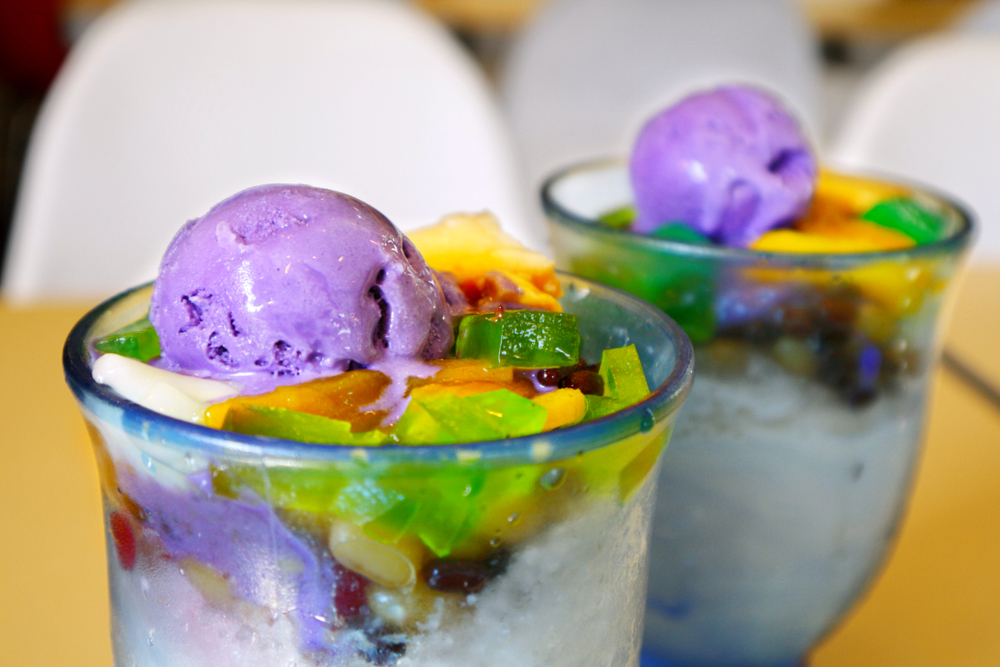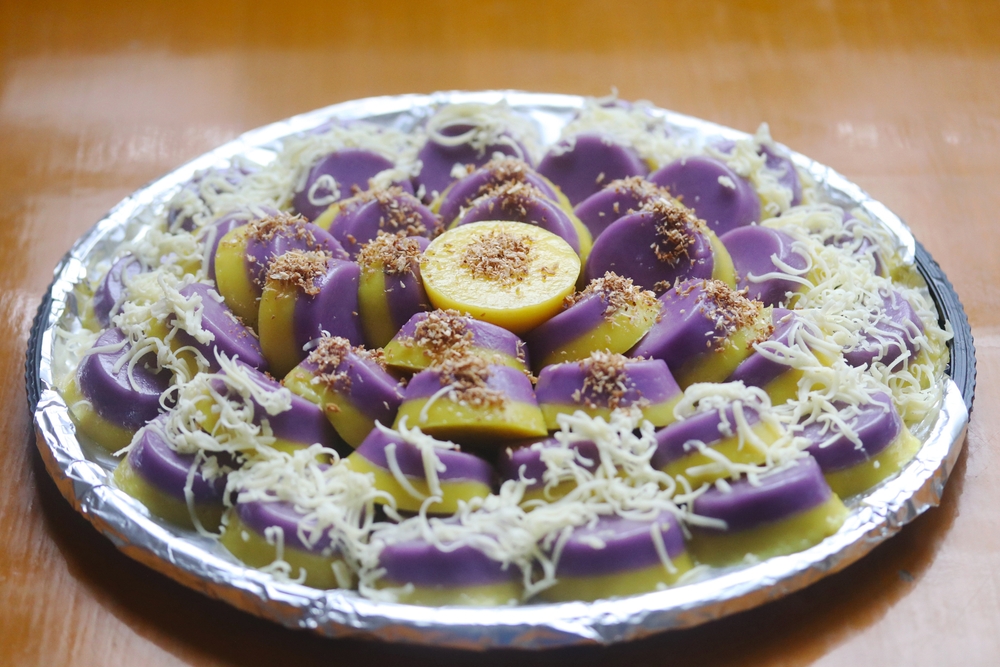Filipinos love good food—especially when it’s fast, tasty, and affordable. That’s why food remains one of the most resilient and profitable industries in the country.
If you’re planning to invest in a franchise, local food concepts are a great place to start. They’re familiar, in demand, and relatively easy to scale when done right.
From silog meals to street food favorites like siomai and taho, countless Filipino food business ideas have proven successful as franchises. In this guide, we’ll go through some of the best-performing ones, share ballpark investment costs, and highlight who they’re best suited for.
Whether you’re an OFW looking for a business back home or a new entrepreneur exploring your options, this list can help you decide which Filipino food business fits your goals.
Lechon Manok
Every Filipino has bought lechon manok at some point, usually on the way home from work, just before dinner. It’s reliable. Tasty. Always hits the spot. Whether it’s for a Sunday family lunch or a backup meal when you’re too tired to cook, roast chicken has earned its place as a go-to option.
What makes it a smart Pinoy food business idea is how easy it is to set up and operate. You don’t need a dine-in space. Many stalls work fine with just a take-out counter and a rotisserie setup along the roadside. Some even do well parked beside sari-sari stores or car washes. The key is location and consistent supply.
Initial Investment
Initial investment varies depending on the brand. There are franchise packages that start at around ₱200,000, though more established names with nationwide branding can go up to ₱500,000 or more.
That usually covers the basic setup, including equipment, initial stock, and basic marketing. You’ll need to budget extra for permits, rental fees, and maybe a few months of operating capital.
Target Market and Location
This Filipino food business works best in areas with steady foot traffic, such as residential neighborhoods, near tricycle terminals, or even next to small offices. Your regulars will likely be families, construction workers, office staff—people looking for something quick and satisfying at the end of a long day.
Burger
Walk into any neighborhood and chances are you’ll spot a burger stall. Not the fast food chain kind, but the ones with budget combos, cheese-heavy patties, and buns wrapped in foil or wax paper. That’s the kind of burger that works in the Philippine market: familiar, satisfying, and affordable.
What makes burger stalls so appealing to franchisees is their flexibility. They can operate in a 4-square-meter kiosk or a roadside cart and still draw a steady crowd.
People don’t expect gourmet. They want something filling and fast, ideally under ₱70.
Initial Investment
Entry costs are manageable. Some franchise packages can go as low as ₱50,000, covering your franchise fee, management training, and business operations support. Others may ask ₱300,000 or more if the contract includes the cart, initial stock, cooking equipment, and staff training.
Target Market and Location
The market? Mostly students, blue-collar workers, and everyday commuters who are looking for a no-fuss meal. If you can serve a good burger with a cold drink in 5 minutes or less, you’ll be in business. This food franchise opportunity is most likely to succeed in areas near schools, office hubs, or public transportation hubs.

Siomai
Some people call it street food, but siomai has outgrown that label. It’s everywhere now—from food courts and grocery entrances to terminal stalls and school cafeterias. What makes it stand out is how versatile it is. Eat it as a snack, a meal, or pair it with rice—people don’t get tired of it.
It’s cheap, tasty, and dependable. And if you serve it hot with just the right amount of chili garlic sauce? You’ll have customers coming back regularly.
It’s also one of the easiest Filipino food businesses to manage. Most brands provide ready-to-steam frozen siomai, sauces, and even the steamer itself. That means you don’t need a full kitchen or complicated prep work.
Initial Investment
Franchise packages typically start at around ₱250,000, though you might find smaller options closer to ₱200,000. Popular names often come with good branding support, which helps attract customers even in crowded areas.
Target Market and Location
The target market is broad. Students, office staff, barkadas out for merienda—all of them see siomai as a solid choice. So, as long as your stall or cart is in a high-traffic area, you’re sure to draw in customers.
Taho
It used to be something you only bought from the man with two aluminum buckets shouting “tahooo” down the street. Today, taho has entered the mainstream food space, with flavors like ube, strawberry, and chocolate, and neat packaging that works for dine-in or takeaway.
The beauty of taho as a franchise business opportunity is that it’s light on overhead. Soybeans, arnibal, and sago are affordable ingredients. Most of the investment goes into equipment and branding.
Initial Investment
Startup costs can go as low as ₱50,000, especially for cart-based setups. Bigger kiosks or mall booths can push it up to ₱300,000 or more.
Target Market and Location
Taho has a nostalgic pull, which works well with both older and younger customers. And if you’re in a spot near joggers, offices, or schools, you’ll likely get repeat business without needing much promotion. It’s also better to be near places where people pass by in the morning or stop for snacks in the afternoon.
Halo-Halo
Halo-halo is one of those desserts that almost markets itself. It’s colorful, instantly recognizable, and perfect for hot weather, which is almost always in the Philippines. But it’s also evolved. Some modern halo-halo stalls now offer curated ingredients, upscale presentation, and even seasonal limited editions.
As a Filipino food business, it offers strong returns, especially during peak hours in the afternoon and early evening. The product is relatively inexpensive to make, especially if you’re sourcing ingredients in bulk. But it does require cold storage, so your electricity bill will be a factor.
Initial Investment
Startup packages typically range from ₱300,000 to ₱700,000. That includes cold equipment, branding, and initial stock. The rest—location, service, consistency—is on you.
Target Market and Location
Families, teens, and friend groups are your core market here. If you’re in a mall, park, or near a school, halo-halo can become a steady seller, especially if you keep your portions generous and presentation clean.

Pancit
Filipinos love pancit. Whether it’s bihon, canton, or palabok, it’s always present during celebrations—and lately, it’s finding its way into food kiosks and franchises. Fried noodle stalls offering budget meals and bilao options for takeout are becoming more common, and for good reason.
The food cost is low, and the servings are satisfying. You can cook it in batches and serve it fast. It’s especially strong as a lunch option or a catering add-on. Many pancit franchises now include combo meals with egg, lumpia, or rice to boost variety and ticket size.
Initial Investment
Entry costs start around ₱150,000, though more complete packages with dine-in capability or party trays can push the total to ₱800,000. It really depends on the scale you’re after.
Target Market and Location
This type of concept does well in business districts, schools, and public markets. Customers range from students to employees ordering group meals. And because pancit is often shared, it’s great for volume sales.
Silog Meals
Rice is non-negotiable for most Filipinos. That’s why some of the most successful food franchises in the Philippines, which offer silog meals—such as tapsilog, tocilog, or bangsilog—continue to dominate in food stalls and breakfast spots. They’re fast, filling, and priced just right for everyday budgets.
Filipino food businesses centered around silog meals don’t need fancy concepts. The food is familiar, and the operations are pretty straightforward. As long as the meat is tender, the egg is cooked properly, and the garlic rice is flavorful, you’re good to go.
Initial Investment
Starting capital for silog franchises usually begins around ₱300,000. Larger brands may cost more, especially if they offer dine-in options or delivery systems. Look for packages that include cooking equipment and initial supplies.
Target Market and Location
These stalls thrive near schools, call centers, hospitals—anywhere people need a satisfying meal fast. It works all day, not just in the morning. And if you offer affordable pricing, loyal customers tend to return daily.
Kakanin
Kakanin may not be flashy, but it’s one of those Pinoy food business ideas that quietly performs, especially during holidays, paydays, and local fiestas. Puto, kutsinta, sapin-sapin, and bibingka all have that comforting, nostalgic feel that keeps people coming back. These are snacks people grew up with. For many, they’re not just food, but memories.
In recent years, some entrepreneurs have modernized kakanin to make it more accessible. You’ll now find neat packaging, portable trays, and even kakanin gift boxes for corporate orders. That’s where the opportunity lies—not just in selling to walk-ins, but in being the go-to for pasalubong, merienda, or bulk orders.
Initial Investment
Startup capital for a kakanin franchise usually costs around ₱100,000. If you’re going for a full kiosk or mall setup with dine-in, you might need closer to ₱500,000 or more. Either way, it’s a low-risk investment with steady sales if done right.
Target Market and Location
The customers? Mostly adults buying for their families, senior citizens who want something familiar, and younger buyers who enjoy traditional food with a modern twist. As for the location, stalls around schools and neighborhoods, and in malls thrive the most.

Turning Everyday Cravings Into Business Success
Filipino food isn’t just delicious—it’s dependable. These Filipino food business ideas work because they’re part of daily life.
People don’t need to be convinced to eat tapsilog, siomai, or lechon manok. They already love it. Your job is to make it easy, fast, and consistent.
The best part? You don’t need to be a culinary expert or a business veteran to get started. Franchising takes much of the guesswork out of the equation. You get a blueprint, a support system, and a brand name people recognize. What you need to bring to the table is commitment, attention to detail, and the right location.
If you’ve been thinking about investing in a food franchise but didn’t know where to begin, turn to Franchise PH. Whether you’re after a low-cost food cart or a more developed setup with dine-in options, we have a franchise that fits your budget and vision. Contact us to learn more.







